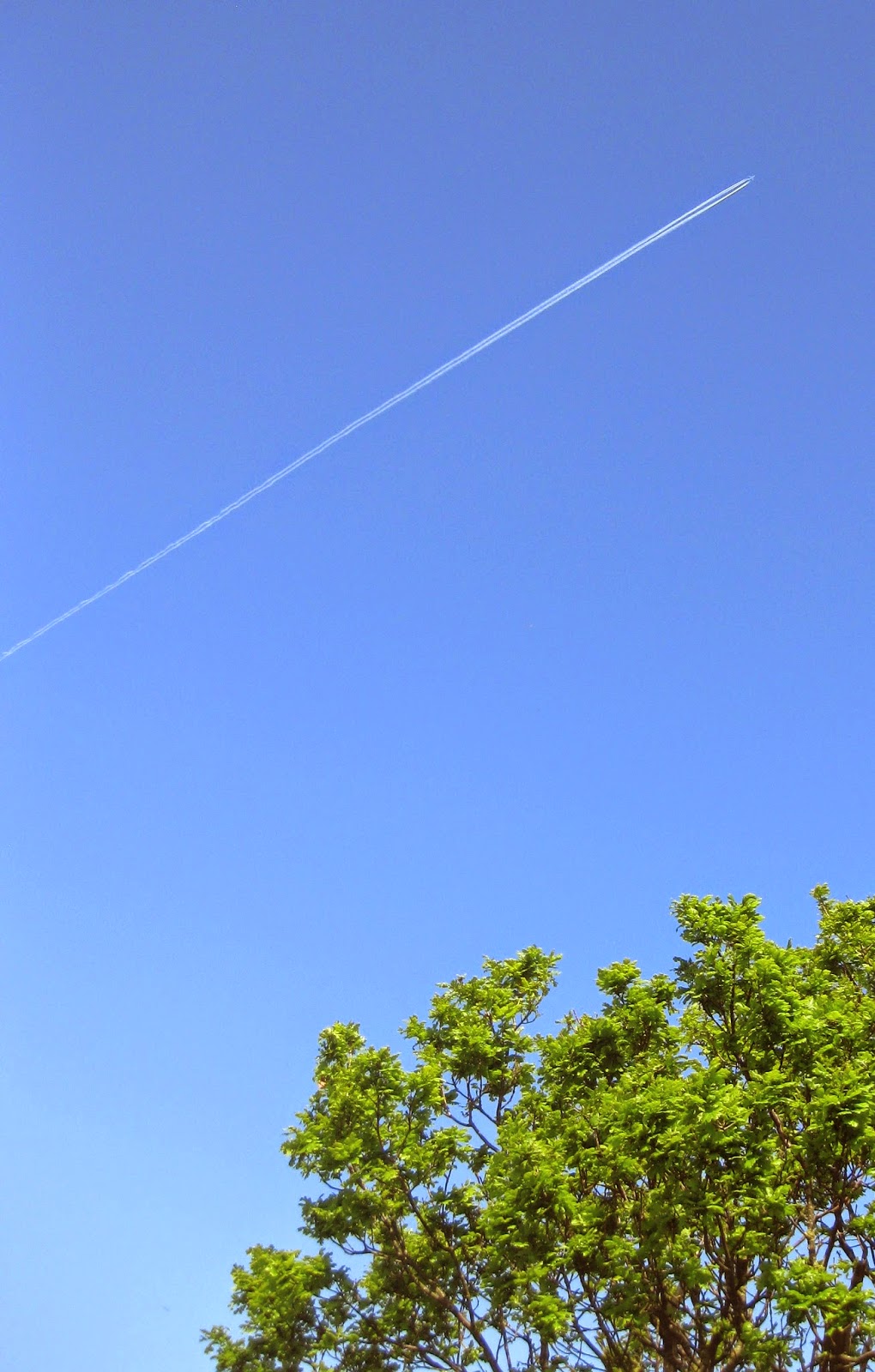I find myself
caught up in the contemplation of landscape: a somewhat unexpected statement
because my enjoyment of it is normally of the moment, when I am actually in it.
But it is as if several artistic paths I have been mentally ambling down have
unexpectedly merged into a broader track with a sudden and wonderful view of hills,
fields, beach and wide sky. That I have spent the past few days actually
walking such countryside (minus the hills) in glorious sunshine has been an
added pleasure.
What has inspired
such musings in a townie more used to dirty pavements and the Tube? First, the
newly chosen theme for next summer’s Prism Textiles exhibition – Lines of Communication. (This year’s show, Coded: Decoded, is at the Mall
Gallery, London
 |
| Diana Bliss, Bosigran: Iron Age Fort |
 |
| Diana Bliss, Landwrap |
 |
| Diana Bliss, Field |
I was immediately reminded of the work of my good friend the textile artist Diana Bliss, who creates impressionistic landscapes using textiles, paint and minutely executed embroidery, the mark-making with tiny, repetitive stitch becoming almost a meditation. One series explores ancient field boundaries, “lost paths, plough marks and mysterious markings from the past”.
Landscape and
poetry again merged in visual form at a delightful exhibition of Ross Loveday’s Land Lines, at Eames Fine Art, which I came
across by happy chance near London Bridge on my way to the Fashion and Textile Museum
 |
| Ross Loveday, Mudflats, drypoint with carborundum |
 |
| Ross Loveday, Breakwater, drypoint with carborundum |
While I have been away this past week in
I have also been
looking again at the later paintings of Patrick Heron, who in his sixties left
behind his purely abstract, flat areas of dense colour to return to the landscape
and, as Mel Gooding describes it, “forms and configurations that we recognise,
not as being directly descriptive but, rather, reminiscent of things seen”. His
scribbles, scumbles and lines of raw paint in lemon, scarlet, mauve, pink and
sage green on bare white canvas evoke an aerial view or map of the rocks, paths
and garden around his home perched above the sea in the far west of Cornwall
I have been
amusing myself trying to work out how I might recreate his paintings in
textiles (mainly reverse appliqué I think), not with the intention of doing so, but
more to absorb his aesthetic. I’m not a landscape artist and never will be, but
sometimes I do so wish I was.




No comments:
Post a Comment